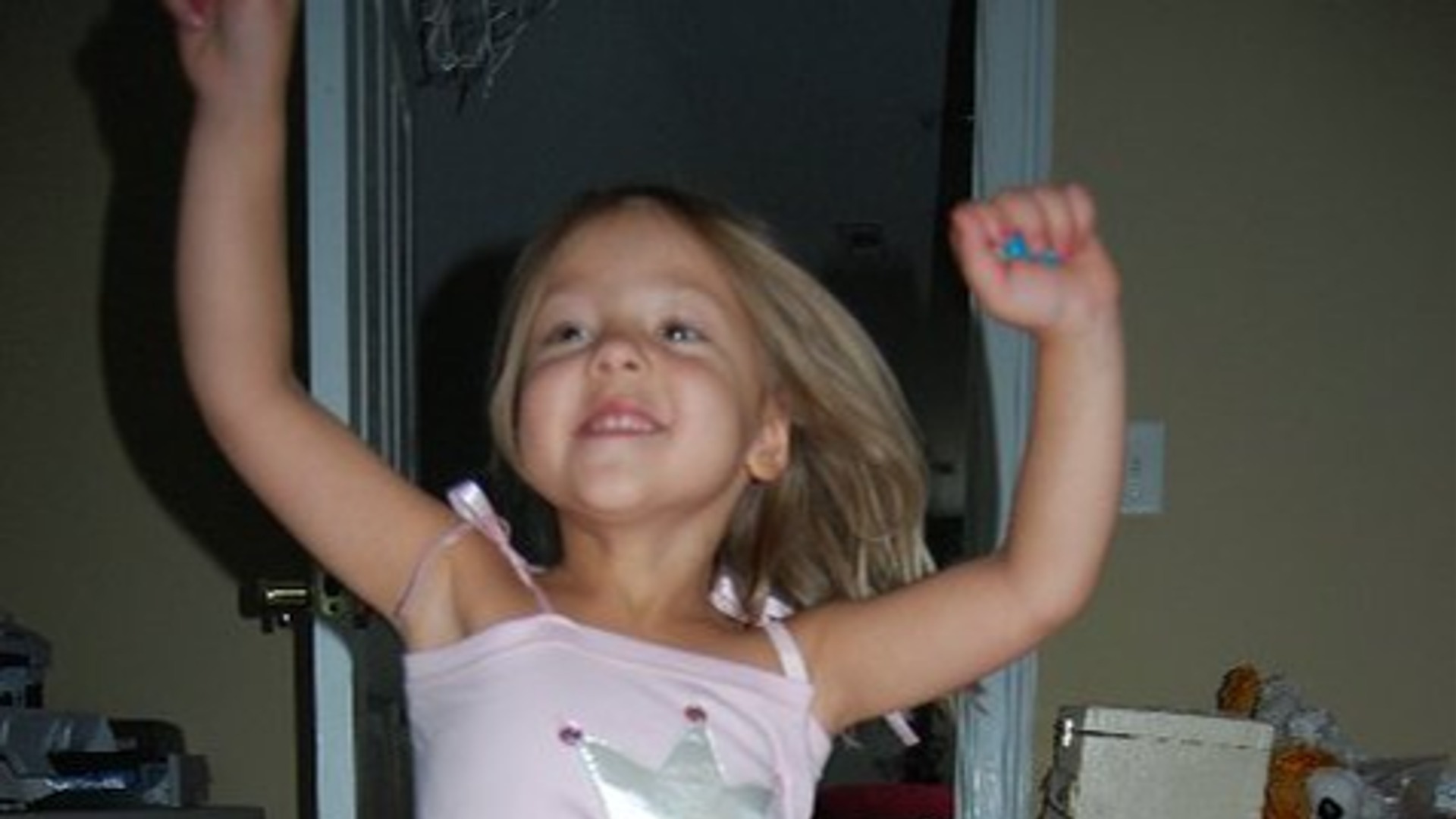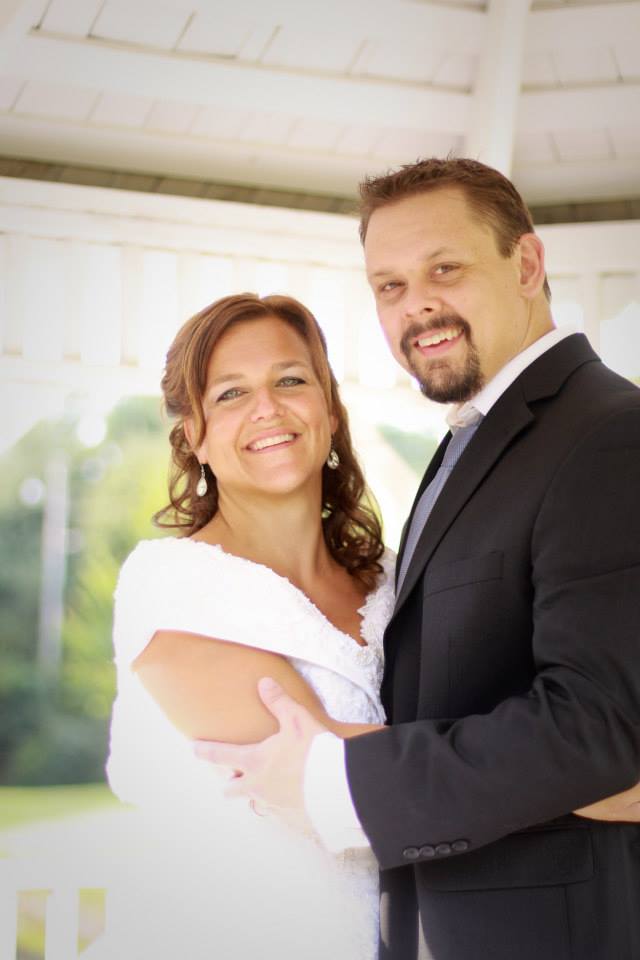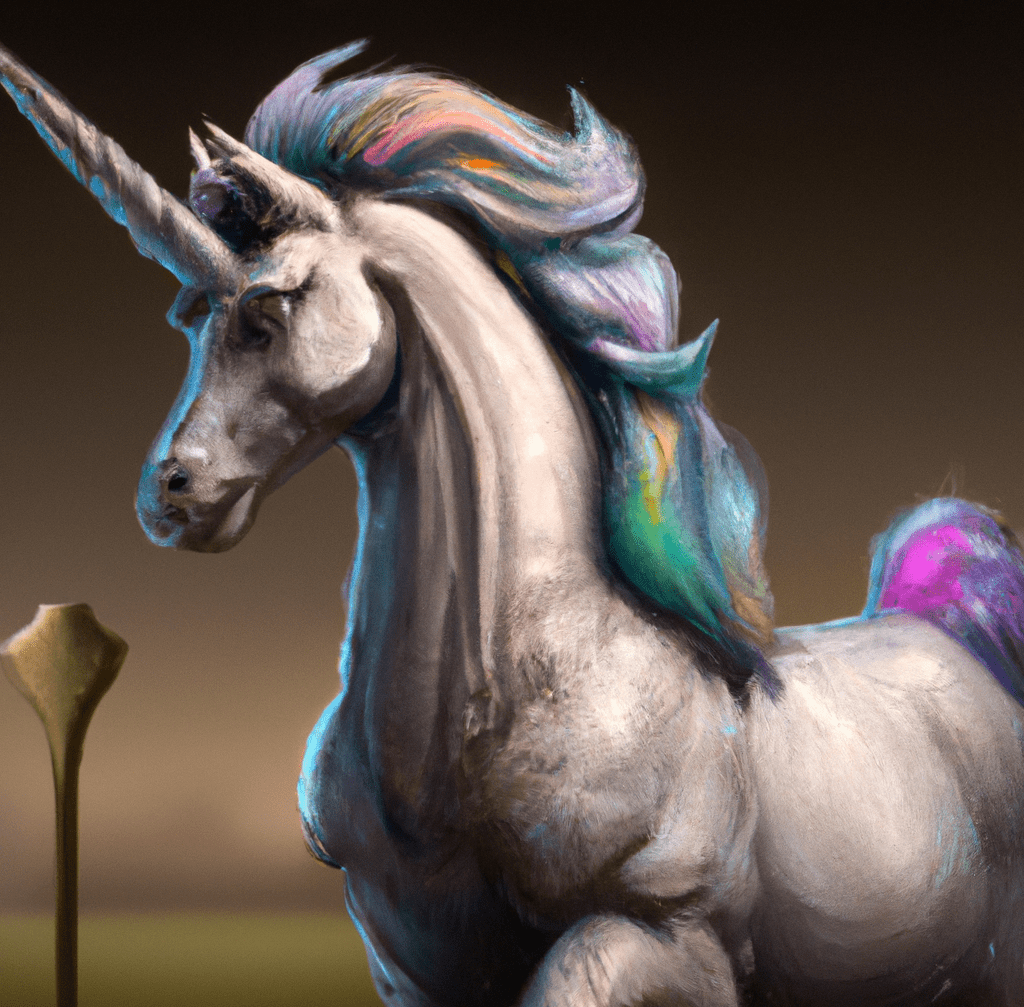I like to think of myself as a budding, up-and-coming professional storyteller.
But truth be told, I am an amateur.
This past weekend I attended the Storytelling Festival in Cookeville, TN, my hometown.
There were a few local amateurs 2 professionals and about 8 or so first time storytellers.
While everyone had an interesting story, the professional set themselves apart from the crowd. Studying them, I came to a few conclusions:
- Every story has a beginning
- Every great story has a beginning with a detail that will be used later
- Every story has a middle
- Every great story has a middle that creates tension and anticipation
- Every story has an end
- Every great story has an obvious, funny, clear-cut ending
Beginning
Most amateur storytellers do not know how to get started. They might fumble a few opening lines and get off to a bad start. Being nervous is normal, and those who have not had many reps do not know how to conquer those fears when they are faced with dozens or hundreds of faces looking at them and the only person holding a microphone and therefore the only person everyone is looking at is – YOU!
So, that beginning – for the non-professional – is often bumpy and it take a little while to get your feet under you.
For the pro, however, they know that the first several lines will set the tone and they take advantage of that nervous energy and grab the attention early. It is a small thing to get the beginning right, but it sets the tone for the rest of the story.
Middle
This is where we beginners can get into trouble. We chase rabbits, we stammer, lose our place or worse, get distracted by something happening out of our control and we lose our train of thought.
The message, the main point, the heart of the story happens here. You must cut out all unnecessary details (“Lets see, was that on a Monday or a Tuesday….hmm, I guess it doesn’t matter”) but know when a minor details is important to painting a mental picture (“We sat on our 90-Days-Same-As-Cash Royal blue futon”).
The professional gets you on the edge of your seat during the middle of the story. You are captivated and sit with anticipation.
The amateur runs past important details, has to come back to get those details in and can lose the audience in the meantime.
Ending
This is truly the separator. The ability to tie a big bow on a story in a concise and funny way is truly art, but the science behind it is that without that, people go away wondering what the story was about.
For sure, non-professional cannot land the plane and the story gets off track – at the best – and completely crashes at worst.
So many times I have been in an armature storytelling situation and someone has told a pretty interesting story but cannot find a point, a place or a position in which to close up the story and sit down.
The pro, and I have seen this so many times, the pro leaves the most memorable mental image for the end. He/she tells the story with the end in mind. The end IS the story, almost.
These are my observations.


